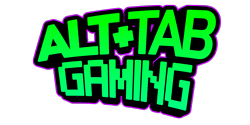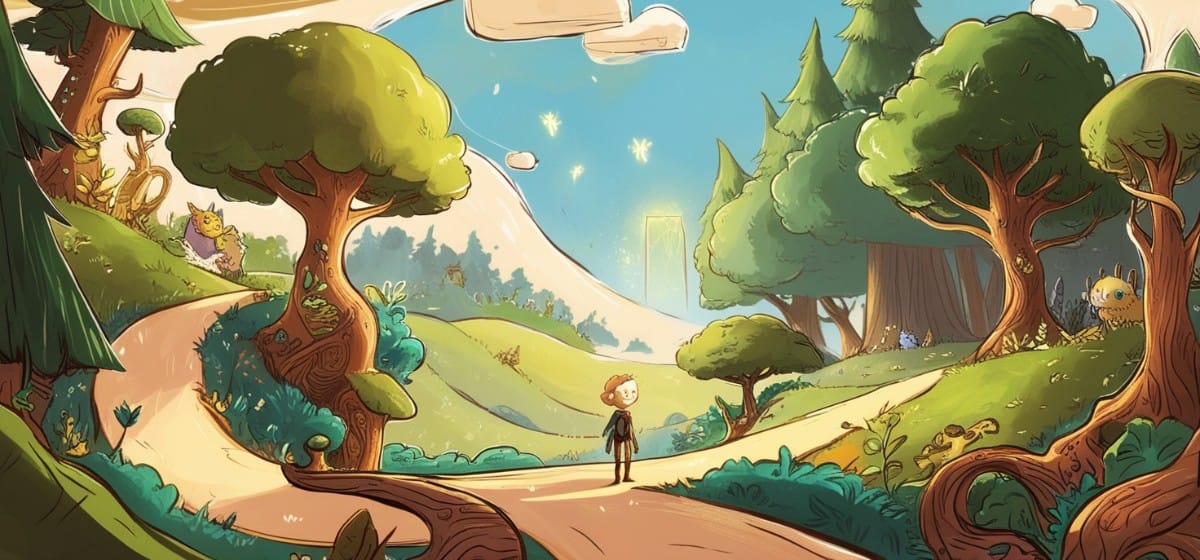If you’ve spent any time playing indie games like Celeste, Hollow Knight, or Stardew Valley (all of which I’m a huge fan of), you’ve probably wondered what makes these games stand out. For me, it’s not just about their size or budget—it’s something deeper. Indie games have this unique ability to connect with players in ways that many big AAA titles just don’t. But what exactly makes a great indie game? After playing a ton of them, I think I’ve figured it out.
Here are the 7 key ingredients that, in my opinion, make an indie game truly great.
1. A Clear and Focused Vision
One of the first things that separates a great indie game from a mediocre one is focus. Indie games don’t try to do everything—they pick one or two key ideas and really run with them. Whether it’s the emotionally charged platforming in Celeste or the calming farm-building experience of Stardew Valley, these games know exactly what they want to be. They don’t overcomplicate things with unnecessary features.
This focus allows indie developers to polish their core gameplay until it shines. A great indie game feels purposeful and cohesive, where every element works together toward the same goal.
2. Gameplay That Hooks You
Let’s be honest—no matter how amazing a game’s story or art is, if the gameplay doesn’t feel good, it’s hard to stay engaged. Great indie games almost always have tight, responsive gameplay that draws you in right from the start. Take Hollow Knight, for example. The controls are so smooth that even exploring its tough-as-nails world feels rewarding.
A lot of indie developers focus on making gameplay enjoyable and accessible, even when their mechanics are simple. It’s often the case that indie games do less, but do it better, making sure the core experience—whether it’s platforming, puzzle-solving, or combat—feels satisfying every time you play.
3. A Unique Art Style
Let’s face it—indie games don’t have the massive budgets for hyper-realistic graphics like AAA titles do. But honestly? That’s what makes them special. Instead of competing on realism, indie developers often create unique and memorable art styles that stick with you long after you’ve finished the game.
Think about the hand-drawn look of Hollow Knight, the retro pixel art of Stardew Valley, or the minimalistic, pastel world of Celeste. These art styles aren’t just beautiful—they’re deeply tied to the overall mood and feel of the game. A great indie game knows how to use its visuals to enhance the player’s experience, even if it’s working with fewer resources.
4. Emotional Depth or Meaningful Storytelling
One thing that often surprises me about indie games is how emotionally impactful they can be. You don’t always expect that from smaller titles, but then you play a game like Celeste, which tackles anxiety and self-doubt, or Undertale, with its quirky characters and surprisingly heartfelt narrative.
Indie games have a knack for telling stories that feel personal and relatable. They don’t need massive cutscenes or Hollywood voice actors to pull you in—they often convey deep messages through simple dialogue, music, or even the gameplay itself. A great indie game can make you feel something, whether it’s joy, sadness, or even just a sense of wonder.
5. Creative Problem-Solving
Limited resources can actually be a blessing in disguise for indie developers. With less money to throw at big graphics engines or marketing, they have to get creative in other ways. This often leads to innovative mechanics or unique game design choices that you just don’t see in AAA games.
Take Papers, Please, for example. Who would’ve thought a game about being an immigration officer could be so intense and thought-provoking? Or Baba Is You, where the entire puzzle mechanic is based on rewriting the game’s own rules! Indie games often surprise you by thinking outside the box, and that creative problem-solving is a huge part of what makes them so special.
6. Strong Player-Developer Connection
One of the coolest things about indie games is how close the developers are to their players. It’s not uncommon for an indie dev to interact directly with their community on social media, in forums, or on platforms like Discord. This connection fosters a more personal relationship, where developers can listen to feedback and even implement player suggestions in updates or sequels.
This happened with Hades, where Supergiant Games involved players in the early access phase, allowing them to influence the game’s development before its full release. That kind of collaboration makes indie games feel more personal, and when you know the devs are listening to you, it makes the experience that much more meaningful.
7. Passion Over Profit
Last but not least, passion is the beating heart of every great indie game. You can feel when a developer truly cares about what they’re creating. Indie games often start as passion projects—someone had a great idea and just couldn’t let it go. That kind of dedication is what leads to the unique, memorable experiences we’ve come to love.
Games like Undertale or Stardew Valley were developed by small teams (or even just one person!) who poured everything they had into making their vision a reality. You don’t get that kind of personal investment in a lot of AAA titles, which often feel more like products designed to make money. But with indie games, you can tell they’re made by people who truly love what they do, and that love comes through in the final product.
My Thoughts
So what makes a great indie game? It’s not just one thing—it’s a combination of vision, creativity, passion, and connection with the players. When all of these elements come together, they create something truly special. Indie games aren’t afraid to take risks, try new ideas, and focus on delivering a unique experience, rather than chasing after the biggest profits.
If you haven’t jumped into the world of indie games yet, I highly recommend giving them a try. You might just find your next favorite game from a small team of developers you’ve never heard of. For me, games like Celeste, Hollow Knight, and Stardew Valley have set a high bar, and I can’t wait to see what other indie gems are out there waiting to be discovered.

